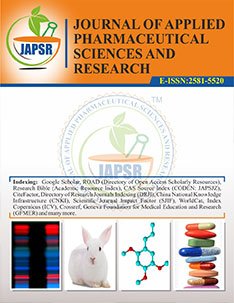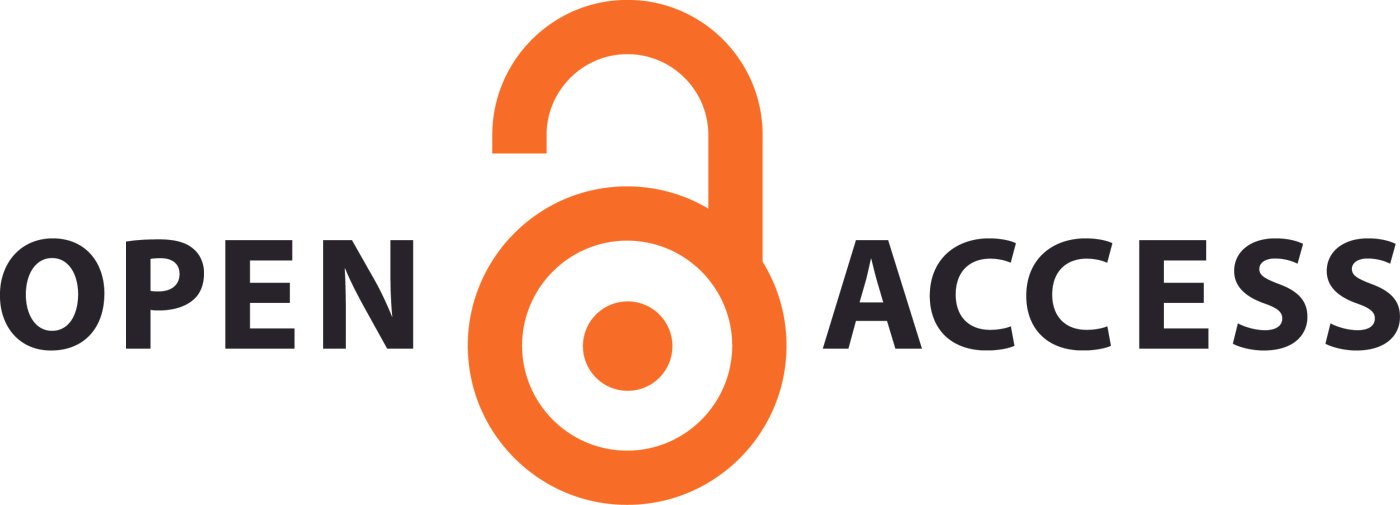ENHANCEMENT OF SOLUBILITY OF DRUG ACETAZOLAMIDE BY DIFFERENT TECHNIQUES AND COMPARISON THEREOF
Abstract
Solubility enhancement has attracted considerable interest as an efficient mean of improving the solubility and hence bioavailability of poorly water soluble drugs. Oral route is most of the preferred route of drug administration but it presents a considerable challenge in case of poorly soluble drugs. In the present work the solubility of Acetazolamide was enhanced using two different techniques. In which solid dispersion of Acetazolamide is prepared by physical mixture method and by kneading method using PEG-6000 and PVP K-30 as a carrier for solid dispersion and Complex is prepared by physical mixture method and kneading method using β-Cyclodextrin as a complex forming agent. Comparison different formulation is done in term of solubility and the results revealed that solid dispersion physical mixture of Acetazolamide and PEG-6000 (1:1 ratio) shows high saturation of solubility as compare to others, which leads to increase in the rate of solubility. Formulation with maximum solubility was analyzed using FT-IR, XRD and DSC studies. Thus, increases the dissolution and bioavailability of poorly soluble drug acetazolamide.
Downloads
All the articles published in JAPSR are distributed under a creative commons license (CC BY-NC-SA 4.0)
Under this license, you are free to:
- Share- copy and redistribute the material in any medium or format for any purpose, even commercially.
- Adapt- remix, transform, and build upon the material for any purpose, even commercially.
The licensor cannot revoke these freedoms as long as you follow the license terms.
- Attribution — You must give appropriate credit , provide a link to the license, and indicate if changes were made . You may do so in any reasonable manner, but not in any way that suggests the licensor endorses you or your use.
- NonCommercial — You may not use the material for commercial purposes .
- ShareAlike — If you remix, transform, or build upon the material, you must distribute your contributions under the same license as the original.
- No additional restrictions — You may not apply legal terms or technological measures that legally restrict others from doing anything the license permits.
Copyright policy
The journal allows the author(s) to hold the copyright of their work. That means the authors do not need to transfer the copyright of their work to the journal. However, the authors grant JAPSR a license to publish the article and identify itself as the original publisher.
Licensing policy
The journal allows the author(s) to hold the copyright of their work. That means the authors do not need to transfer the copyright of their work to the journal. However, the authors grant JAPSR a license to publish the article and identify itself as the original publisher.






